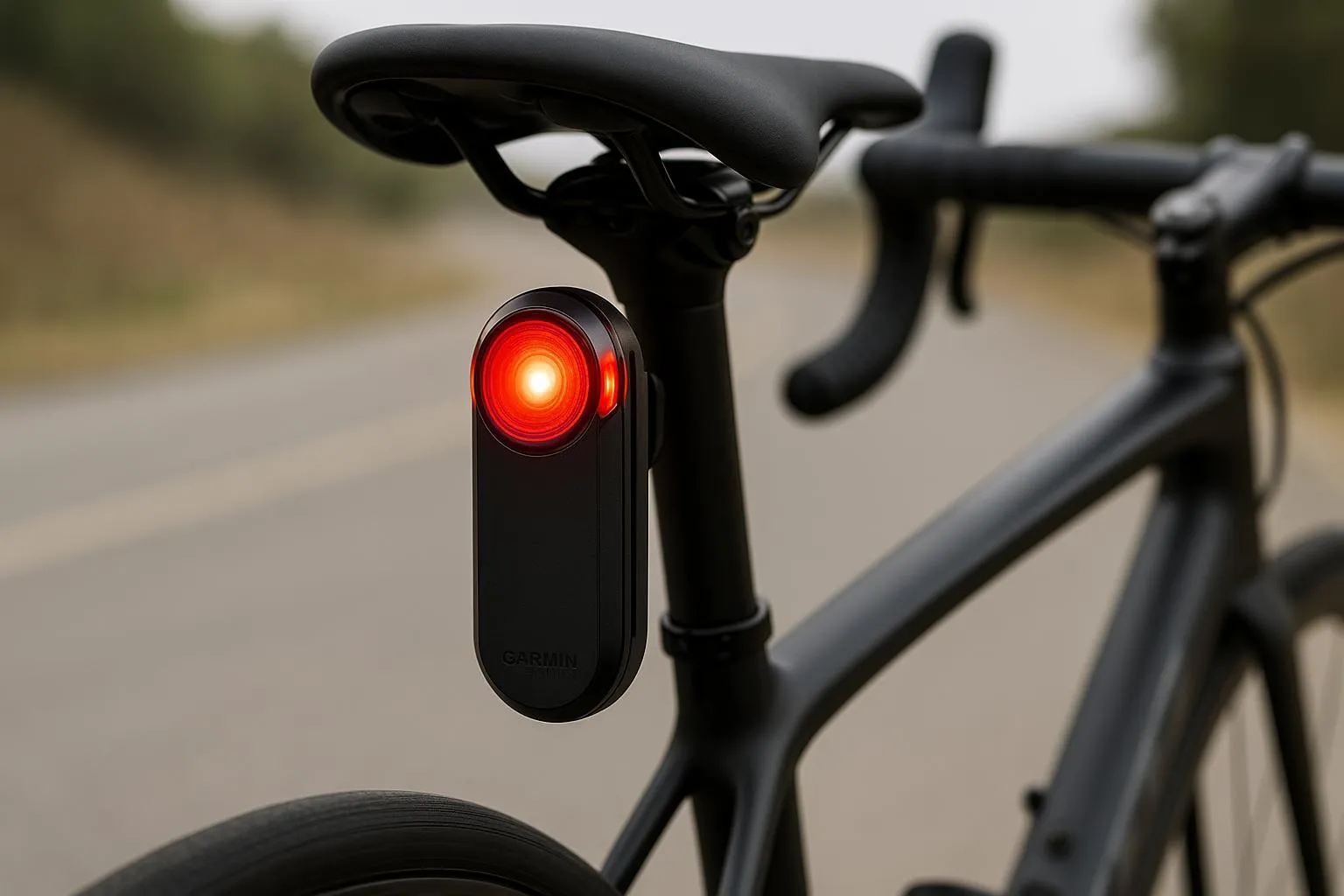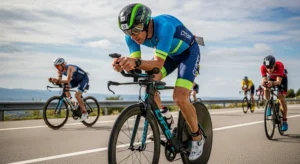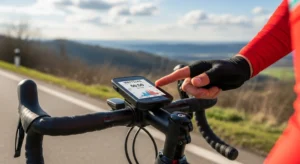For many cyclists, the biggest fear is not a steep climb or a sudden downpour; it’s the car from behind. The sound of an approaching vehicle can be a source of constant anxiety, and the fear of being hit from behind is a very real and valid concern. But in 2025, a new technology is helping to alleviate that fear and give cyclists the confidence to ride safely on the road. We’re talking about bike radar, a technology that is revolutionizing the way we think about cycling safety.
Bike radar systems, like the popular Garmin Varia and the new Lezyne Radar React, are small devices that mount to the back of your bike and use radar to detect approaching vehicles. When a car is detected, the system sends an alert to your GPS computer or a dedicated display unit, letting you know that a vehicle is approaching from behind. Some systems even integrate with your bike lights, causing them to flash more brightly as a car approaches, further increasing your visibility.
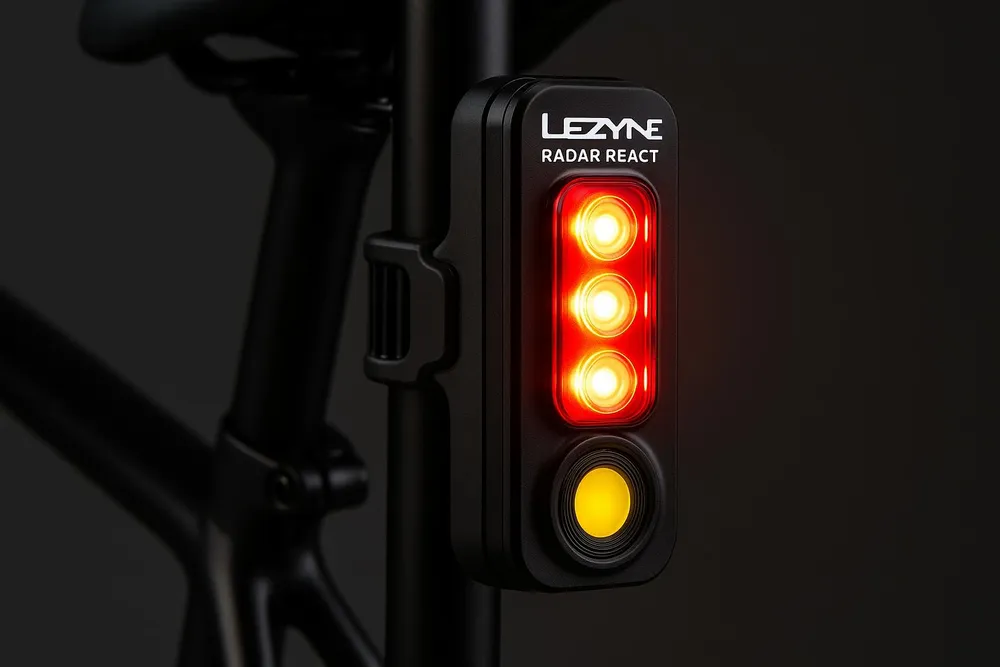
A Sixth Sense on the Road: How Bike Radar is Changing the Riding Experience
The impact of bike radar on the riding experience is profound. It’s like having a sixth sense on the road, a constant awareness of what is happening behind you. This allows you to focus on the road ahead, without the need to constantly look over your shoulder. It also gives you the confidence to “take the lane” when necessary, knowing that you will be alerted to any approaching vehicles.
This newfound confidence has a number of practical benefits. It allows you to ride in a more assertive and predictable manner, which can actually make you safer. It also allows you to ride on roads that you might have previously avoided, opening up a whole new world of cycling routes. And for many riders, it simply makes the experience of riding on the road more enjoyable and less stressful.
The Technology Behind the Magic: How Bike Radar Works
So, how does this magical technology work? Bike radar systems use a small, low-power radar sensor to detect moving objects behind you. The sensor is able to distinguish between cars, motorcycles, and even other cyclists, and it can track multiple vehicles at once. The system then uses a sophisticated algorithm to determine the speed and distance of each vehicle, and it sends this information to your display unit.
The display unit can be a dedicated device, or it can be your existing GPS computer. The display will typically show you a visual representation of the approaching vehicles, with dots or icons that move up the screen as the vehicles get closer. The system will also provide an audible alert, so you don’t have to take your eyes off the road.
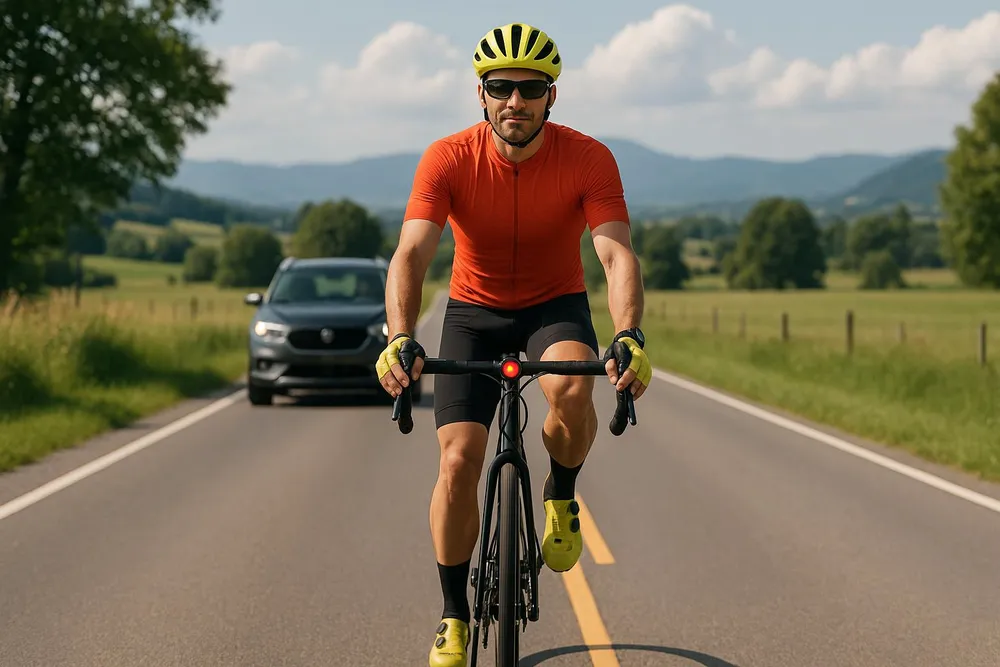
The Future of Cycling Safety: What to Expect from Bike Radar in the Coming Years
Bike radar technology is still in its early stages, but it is evolving rapidly. In the coming years, we can expect to see even more innovation in this space. We will see the development of even more sophisticated radar sensors that are able to provide more detailed information about approaching vehicles. We will see the integration of bike radar with other safety technologies, such as cameras and artificial intelligence. And we will see the cost of bike radar continue to come down, making it accessible to an even wider range of cyclists.
The future of cycling safety is a future where technology plays a key role in protecting cyclists on the road. And bike radar is at the forefront of that future. It’s a technology that is not just making cycling safer, but also more enjoyable. And that’s something that every cyclist can get excited about.
For more insights on cycling and technology, explore our comprehensive guides on Cycling Safety and Visibility Technology: The Advanced Systems Protecting Riders in 2025, and Smart Helmets and AI Bike Fitting: How Technology is Personalizing Cycling Safety and Comfort in 2025.
Explore additional resources on Bicycling Magazine: How Cycling Radar Made Me Feel Safe on the Road Again, Lezyne Radar React System, Garmin Varia Radar, BikeRadar: Lezyne’s new Radar React light alerts you to approaching traffic, and The Autopian: This Bike Radar Company Knows Exactly What It’s Doing.
